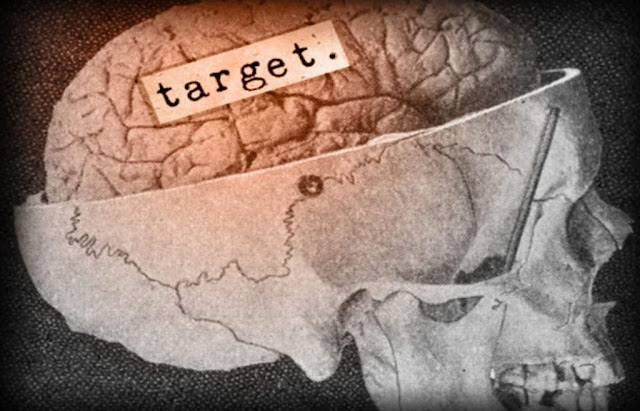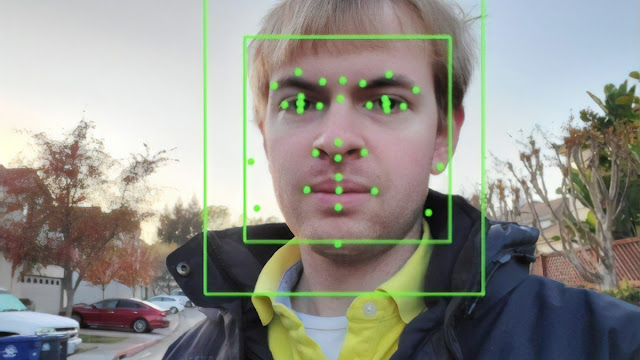“The Structure of Cultural Revolutions” by Clovis Roussy
―So you’d give the Devil benefit of law! ―Yes. What would you do? Cut a great road through the law to get after the Devil? ―I’d cut down every law in England to do that! ―Oh? And when the last law was down, and the Devil turned round on yo u—where would you hide, Roper, the laws all being flat? This country’s planted thick with laws from coast to coast—man’s laws, not God’s—and if you cut them dow n—and you’re just the man to do it—d’you really think you could stand upright in the winds that would blow then? Yes, I’d give the Devil benefit of law, for my own safety’s sake. —Robert Bolt, A Man for All Seasons Allusions to the Maoist cultural revolution launched in 1966 are sometimes used to deride the current wave of Social Justice activism. It’s easy to scoff at such hyperbolic comparisons, but the analogy isn’t mere caricature. It expresses a genuine preoccupation about how a moral movement can go astray. In this view, the Chinese cultural revolution is an extreme example of a...

